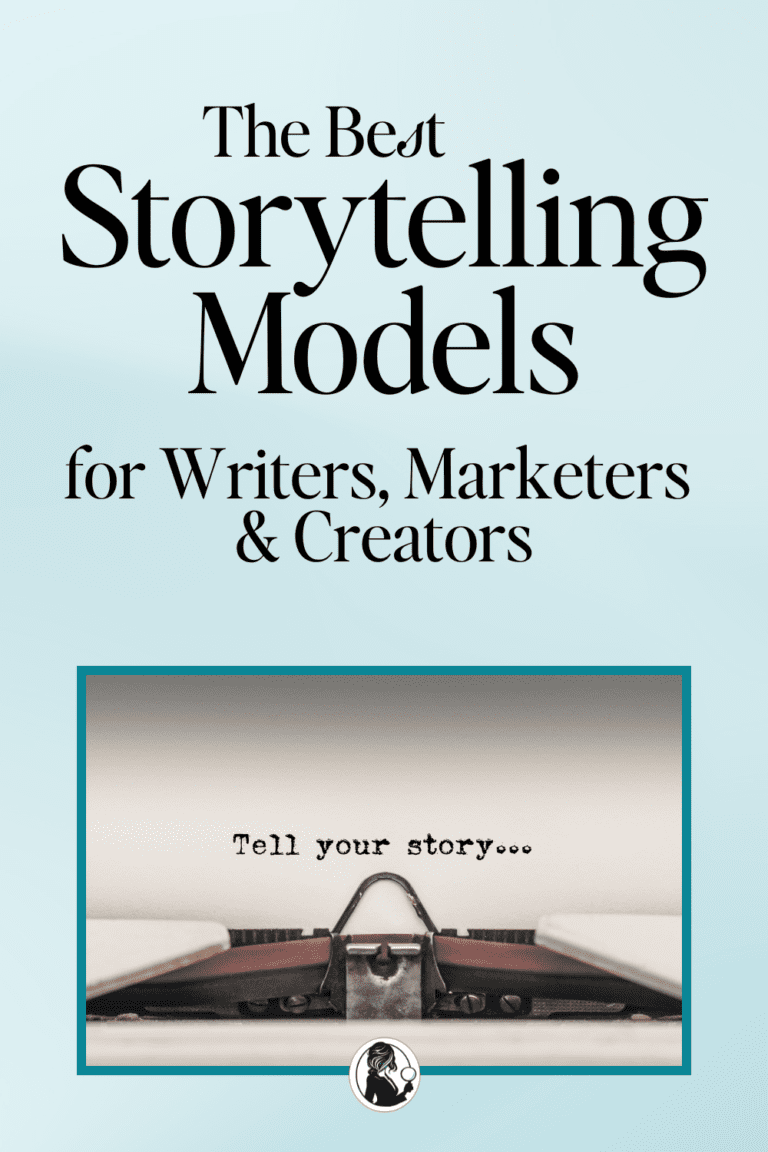5 Foolproof Methods for Starting Your Story
Written by Guest Author Desiree Villena
Writing a story is no easy feat — once you’ve started one, you have to worry about where it’s going, and how it’s going to end. But what if you’re unsure of where to start? The opening of a story can easily pose a big challenge since you want something that not only introduces your plot, but also hooks readers, agents, and publishers in. If you’re not sure how to start, here are five foolproof ways to kickstart your story.
1. Open your story in medias res
It might sound contradictory, but an easy way to start is to open in the middle, that is, in the midst of the action. It works wonders for authors who are struggling to naturally ease into the story. With this method, there’s no need for ease! You just drop readers right into the heart of the problem. The immediacy and high stakes quickly grab the audience’s attention and keep them reading.
This is a technique often used in classics like The Odyssey or The Divine Comedy. Hamlet, for instances, begins with the death of the titular character’s father and takes us right into his revenge plot rather than explaining the backstory behind it.
2. Start with questions
Another way to engage readers without having to dive straight into the essence of your story is starting with a question. You don’t have to ask your readers a question, per se — but you should get them asking questions unconsciously. Where exactly is this character? Why are they here? Anything piques the reader’s curiosity is bound to keep them turning the pages.
For inspiration, take a look at Haruki Murakami’s Kafka on the Shore, which starts with a boy rummaging through his father’s desk for things to take before he runs away from home. Why is he running away? You’ll have to read to find out.
3. Introduce your fictional world
You can always go back to the basic elements of storytelling, such as worldbuilding, and start from there. As with a good book cover design that can act as a teaser for what’s inside, a good first page can give readers a glimpse of the world of the story. (Note that you should stick to glimpses, not overwhelm readers with an abundance of details.)
An opening introducing some details that are ordinary in the fictional world, but highly unusual in the real world, tend to fascinate readers. Readers will want to know more about this strange state of “normal”.
Historical novels usually take this route, since they specialize in transporting you to another world. A good example to check out is Fall of Giants, in which Ken Follett effortlessly brings the reader to a miner’s household in early 20th-century Wales in the first page — introducing us to daily meals of bread and dripping with a side of cold tea, something that most of us would never think of having ourselves.
4. Start with a strong protagonist
While we’re talking about elements of a story, let’s not forget about the characters. A simple, yet potentially very strong, way to start is to bring your protagonist out onto the stage. This unfolds naturally when you’re writing in first person, but its benefits are not limited to this POV.
In any case, starting with the character doesn’t just mean seeing them doing something — it means getting to hear their distinct voice and understand their perspective. What occupies their mind throughout their days and throughout the story? What interesting insights do they have? Consider quizzing your character to get a better sense of who they are.
John Green’s latest novel, Turtles All The Way Down, does a good job of this, pulling readers straight into his protagonist’s existential crisis the moment they flip open the book.
5. Begin the story with a crucial memory
And finally, we have a flashback. There’s a lot of potential for this kind of beginning. The memory being recalled could be crucial in the sense that it is Chekhov’s gun and will come back at the climax. Or it could be a strong influence on the character’s personality, motivations, or internal conflict. If you start with the knowledge that this specific recollection is important to your character and, by extension, your story, then you can piece together an intriguing opening that will leave readers wanting more.
To Kill A Mockingbird by Harper Lee is a great example of this method. This classic opens with Scout recalling how her brother broke his arm, and the story behind that accident. Everything sets the tone for the environment Scout grew up in, and the beliefs that shaped her own. It’s again a way to spark curiosity while also revealing more about the themes of the book.
What all five of these methods have in common is that they all appeal to a person’s curiosity. Whether you use the simplest of scenes or the most basic elements of your story, if you can get the reader wondering, you can keep them reading. Good luck!





